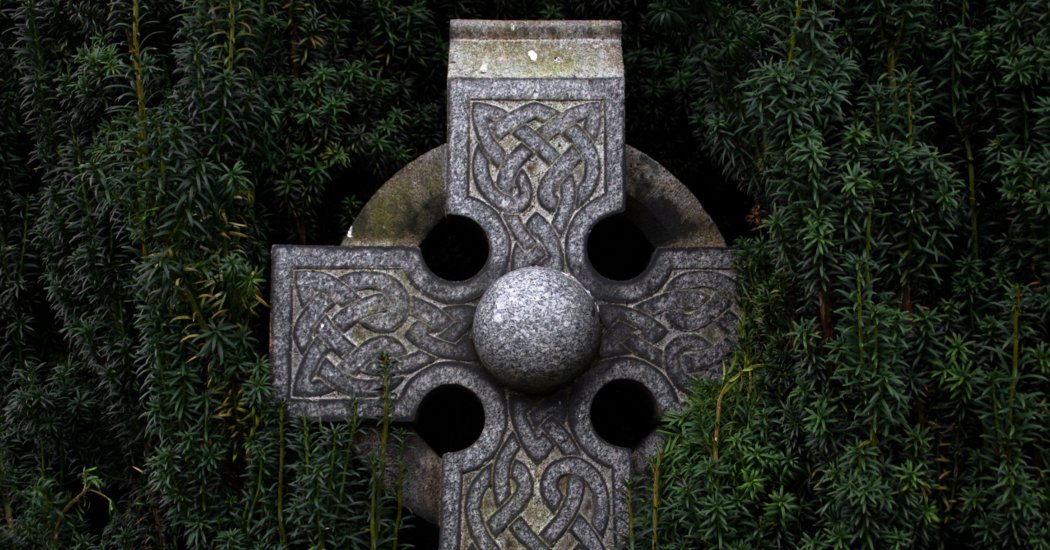A county in the south-east of England

Sussex
A county in the south-east of England, Sussex is about 70km (43 miles) south of London. It is bordered by Hampshire to the west, Surrey to the north, Kent to the north-east and to the south is the English Channel. Across the county from east to west are the chalk hills of the South Downs. In the southeast, beyond Beachy Head, are the reclaimed marshes of Pevensey Levels, historically an important point of entry into Britain for early invaders.
Early settlements
Archaeologists have found evidence of Palaeolithic settlements in raised beaches at Slindon and in river gravels near Pulborough. Finds at Eartham Pit in Boxgrove show that the area has some of the earliest hominid remains in Europe, dating back 500,000 years and known as Boxgrove Man or Homo heidelbergensis, that were able to create flints that show high dexterity of hand movement. Primitive agricultural communities, from Neolithic to Roman times, preferred the higher chalk hills. At Whitehawk Hill near Brighton, there are examples of Neolithic causewayed camps. The Bronze Age is represented by round burial mounds known as bell barrows at various sites near Treyford and Worthing, and there are Iron Age hill forts at the Trundle near Goodwood, at Cissbury, and at the Caburn Mount near Lewes.
Timber supplies and iron-ore deposits made possible the development of a prehistoric iron industry, which led to the minting of coins as well as agricultural machinery that improved productivity with a less labour-intensive input thanks to iron prongs on ploughs that could be driven by oxen. Just before the Roman invasion, a dynasty of British chieftains was established in the Selsey area. The last of these, Cogidubnus, was a useful ally to the Romans and was given a kingdom centred on Chichester.
Romans
The. Roman invasion of Britain in AD43 is thought to have started around Fishbourne and Chichester Harbour. A stunning Roman Palace at Fishbourne has been excavated not far from the capital of the Roman canton of Regni, Noviomagus Reginorum, modern-day Chichester. The Romans built villas, one of the best preserved being that at Bignor, also near Chichester. Christianity first came to Sussex at this time but faded away when the Romans left in the fifth century, leaving local governors to organise their own defences.
Kingdom of Sussex
At the time the Romans abandoned Britain, Saxon invaders were landing near Selsey and were fighting their way eastward across Sussex founding the Kingdom of Sussex in AD 477. It is from these invaders that the area got its name, from the Old English Suth-Seaxe, for South Saxons. Around 827, the area was conquered by the neighbouring kingdom of Wessex.
Normans
In 1066 William, Duke of Normandy (William the Conqueror) landed at Pevensey’s beach and fought the decisive battle of Hastings a short distance inland; the town and abbey of Battle commemorate his victory after a single day of full battle said to be one of the most gruesome of its time. The Normans built numerous abbeys and castles, such as Arundel and Pevensey Castle, which was built inside a Roman fort. The chief medieval towns were Chichester, Lewes, and the ports of Hastings and Rye. In the Middle Ages an iron industry, based on local ore and charcoal, developed in the Weald.
During the Hundred Years’ War (1337 to 1453) Sussex found itself on the frontline and under attack from the French pirates. The towns of Hastings, Rye and Winchelsea were all burnt during this period, and all three towns became part of the Cinque Ports, a loose federation for supplying ships for the country’s security. Amberley and Bodiam castles were built to defend the upper reaches of navigable rivers.
Coastal growth
Most of the county’s modern growth has been coastal, beginning with the rise in popularity of Brighton from an ancient fishing village to a seaside resort under the royal patronage of a young Prince of Wales in 1796, later King George IV. By the end of the 19th century, a string of resort towns lined the coast, including Bognor Regis, Worthing, Eastbourne and Bexhill. In 1974, Sussex was split into East and West Sussex, though Sussex continues to be recognised as a geographical territory and cultural region.